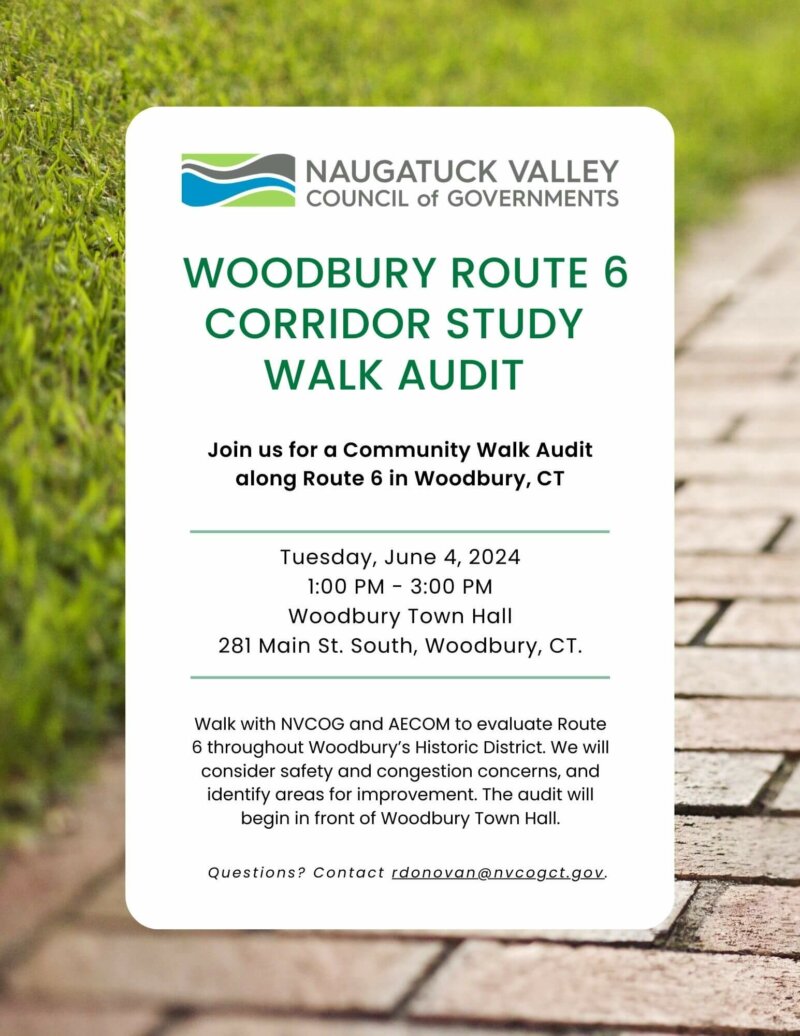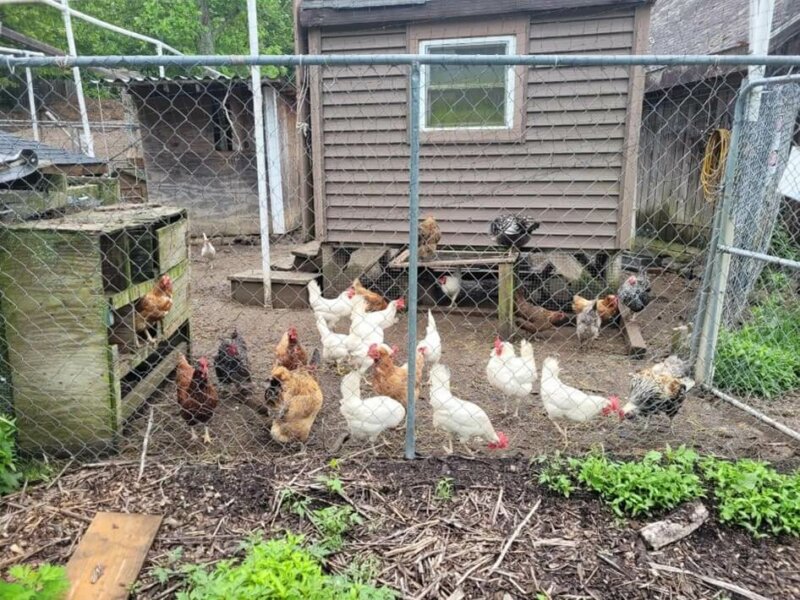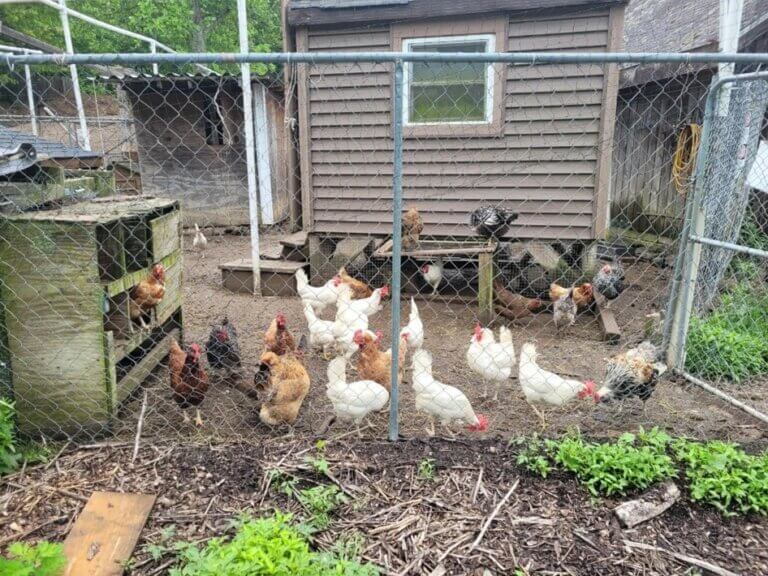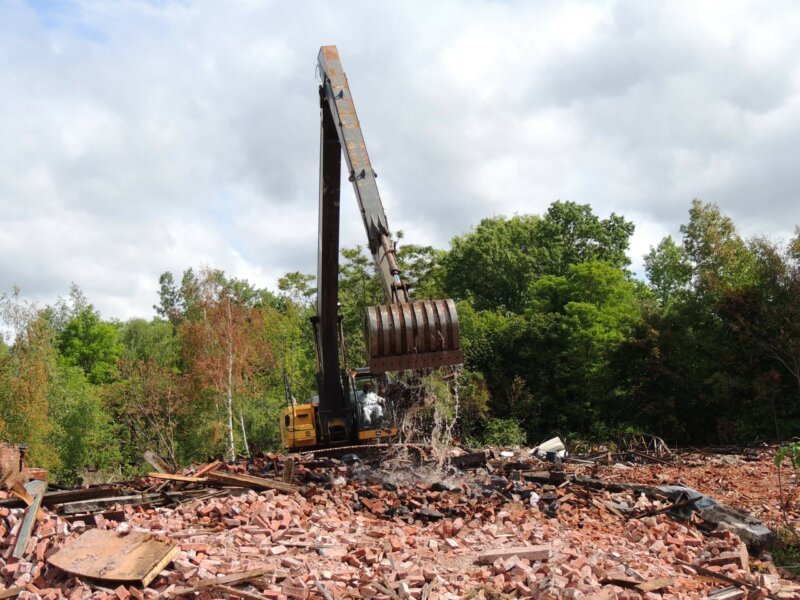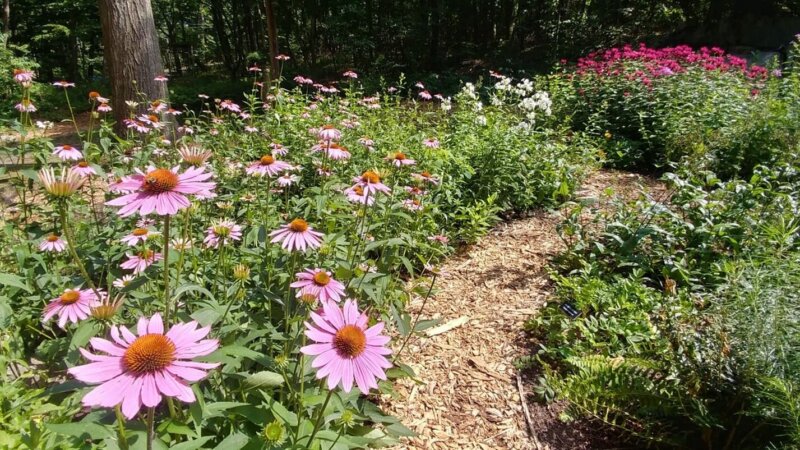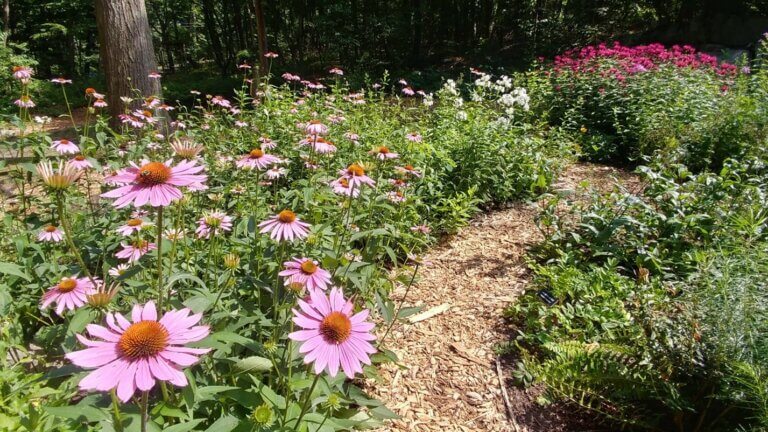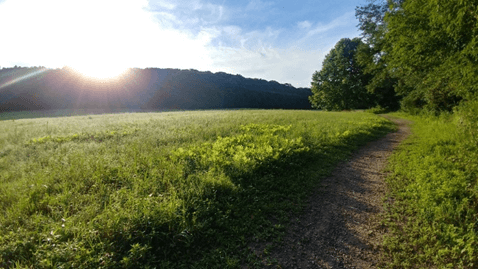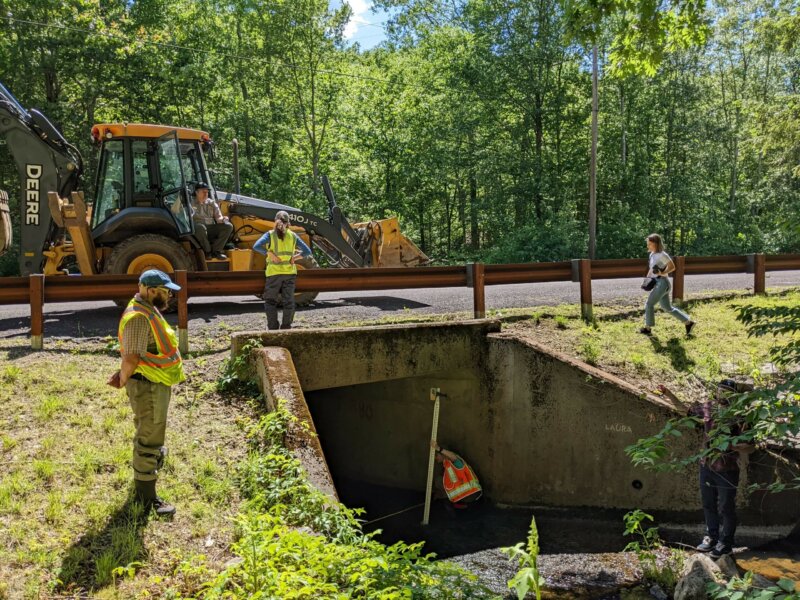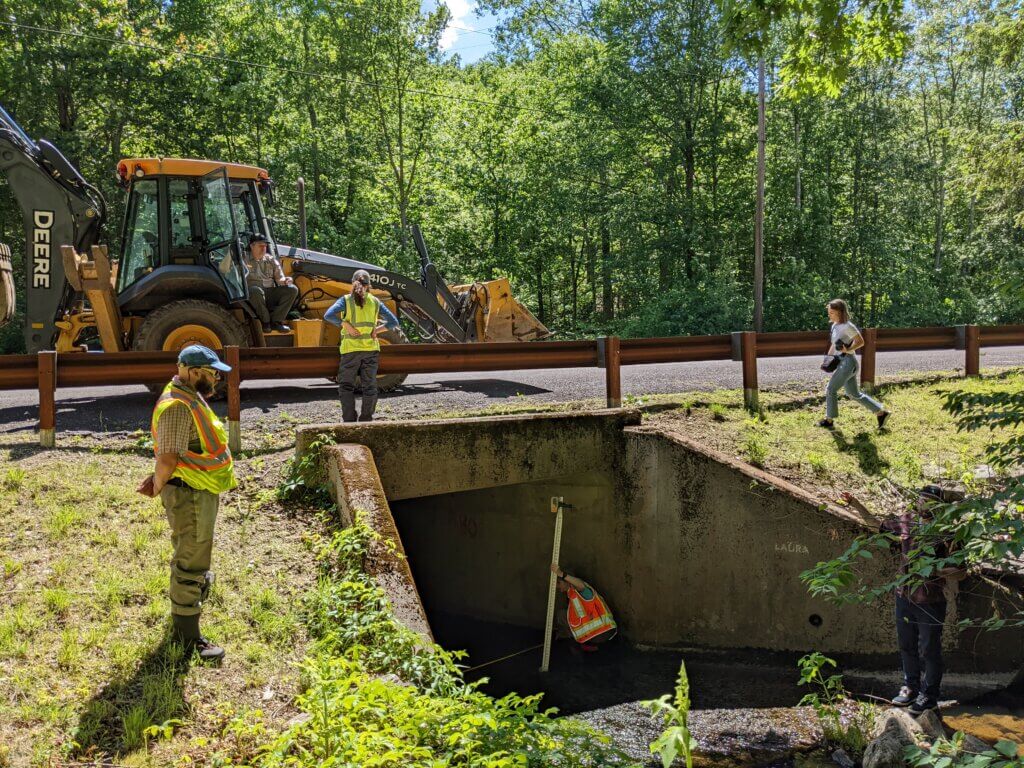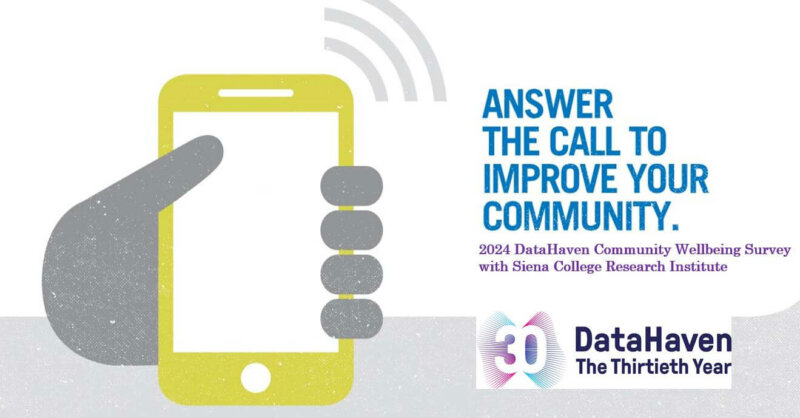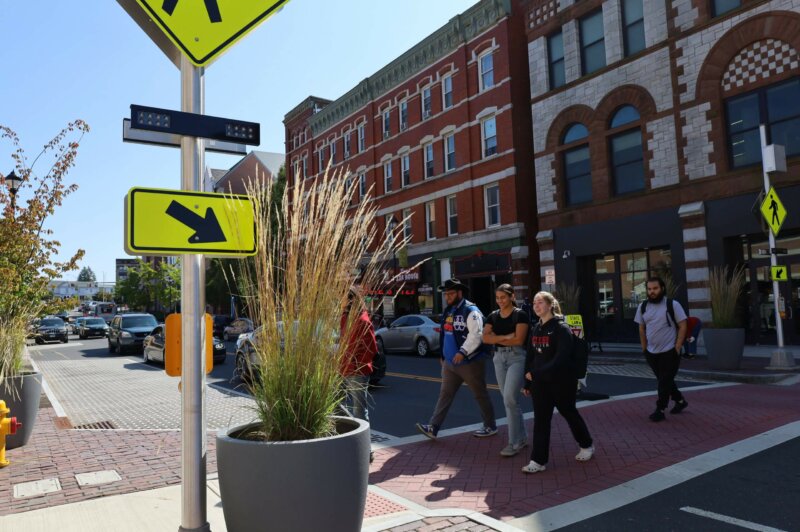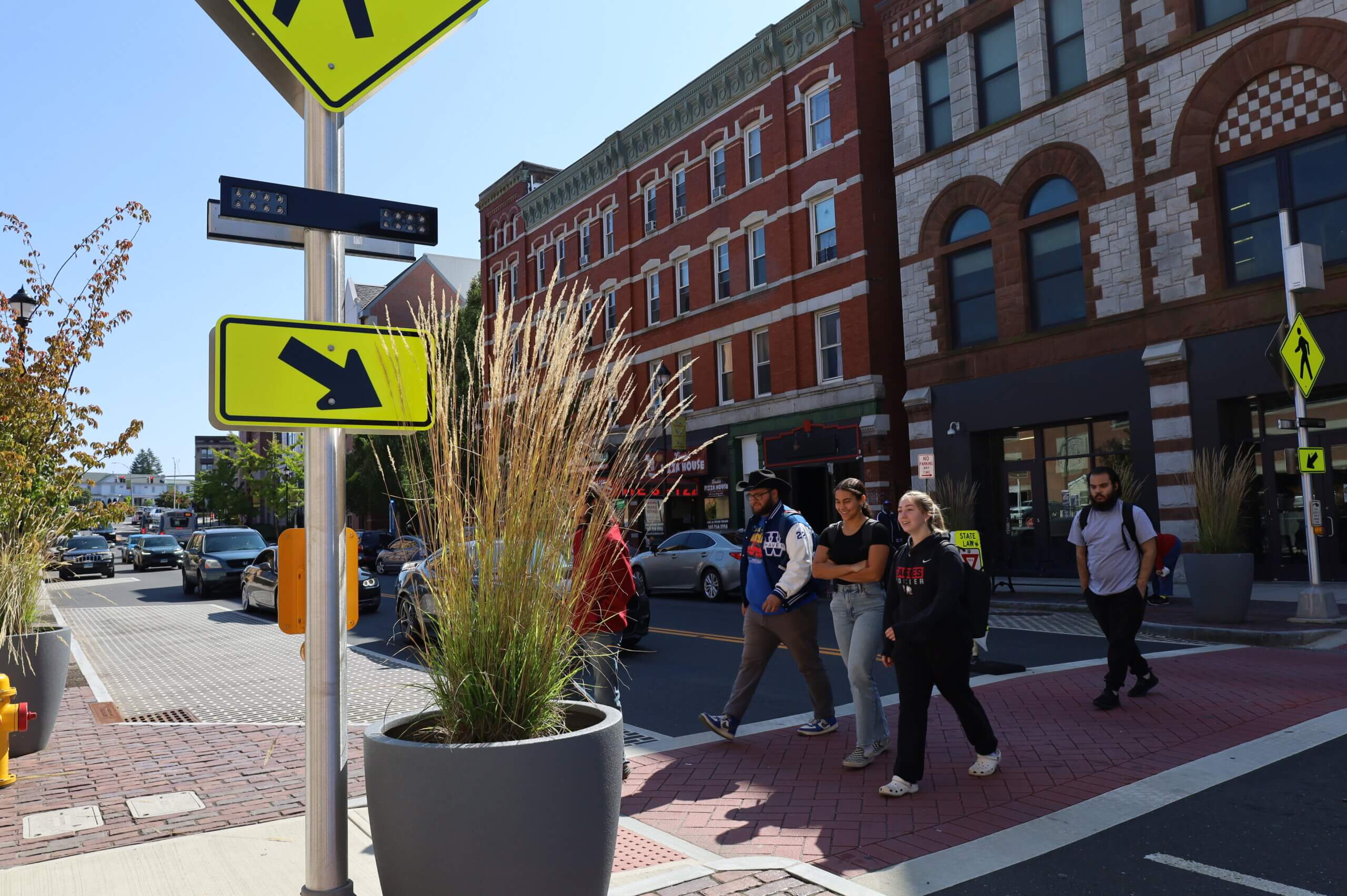FOR IMMEDIATE RELEASE
“Answer the Call to Improve Your Community”: DataHaven and Partners Urge Residents to Participate in Landmark Wellbeing Survey of Connecticut
Thousands of randomly-selected residents from all 169 Connecticut towns will participate in the 2024 DataHaven Community Wellbeing Survey, the seventh wave of a large survey on happiness and quality of life that has been fielded since 2012
HARTFORD, CT, May 7, 2024 – How happy are you? Are the public parks in your area in excellent, good, fair, or poor condition? When was the last time you saw a dentist?
These are just a few of the types of questions included in interviews by friendly survey-takers helping DataHaven and dozens of leading community, health care, and charitable groups across Connecticut complete what is believed to be the nation’s largest neighborhood-level well-being survey.
“We include well-established questions that people like to answer,” says Mark Abraham, Executive Director of DataHaven. “They are answering questions about their own happiness and well-being, their experiences and relationships within their community, and how their neighborhoods are doing. These questions show that we care deeply about the aspects of life that are most important to everyone’s day-to-day happiness and quality of life.”
DataHaven, the nonprofit group that leads the collection and sharing of public data about Connecticut, said that the 2024 program will track trends on key issues such as economic security, institutional trust, access to healthcare, and public safety. The latest data will allow DataHaven to create even more granular portraits of Connecticut towns and neighborhoods, as well as statistical data for groups that share specific demographics or life experiences.
Over time, 45,000 randomly-selected adults in every Connecticut ZIP code have participated in the DataHaven Community Wellbeing Survey, which was also fielded in 2012, 2015, 2018, 2020, 2021, and 2022. This year, thousands more will participate in in-depth, multilingual interviews.
As with prior years, Connecticut’s leading hospitals, non-profits, and charitable organizations are supporting the program (see below). To ensure that the survey topics reflect the interests of communities, an Advisory Council of representatives from 300 different organizations around the state once again helped choose the questions to include this year. For example, the parents and caregivers who are selected to take the survey may receive a significantly expanded set of questions about child well-being and mental health, which emerged as a top issue of concern during the COVID-19 pandemic.
During the spring and summer, randomly-selected residents in each town will receive phone calls from survey-takers at the Siena College Research Institute – typically appearing as a 203, 860, or 518 area code – and in some cases, may receive a letter, package, or text message with information on how to participate. Beginning this fall, survey results will be included in many local and statewide publications and community health needs assessments, including DataHaven’s widely-used Town Equity Reports.
“Make a difference: Pick up your cell phone, help your community learn more about your needs, and tell us what you want to see to promote greater happiness and well-being in your neighborhood,” says Abraham.
“UNITED BY DATA”: SPONSORS OF THE 2024 DATAHAVEN COMMUNITY WELLBEING SURVEY
Many organizations throughout Connecticut, including those listed below, provide funding to support the 2024 DataHaven Community Wellbeing Survey. Major sponsors are highlighted in bold font.
Foundations and Philanthropy
- Hartford Foundation for Public Giving
- Fairfield County’s Community Foundation
- Community Foundation for Greater New Haven
- Connecticut Health Foundation
- The Connecticut Project
- Connecticut Community Foundation
- Valley Community Foundation
- Main Street Community Foundation
- American Savings Foundation
- United Way of Greater New Haven
- United Way of Coastal and Western CT
- United Way of Central and Northeastern CT
- NewAlliance Foundation
- Tremaine Foundation
Health Care
- Yale-New Haven Health
- Hartford HealthCare
- Stamford Health
- Trinity Health of New England
- Nuvance Health
- Yale Cancer Center
- Connecticut Children’s
- Eastern Connecticut Health Network
- Waterbury Health
- Griffin Health
- Middlesex Health
- Day Kimball Healthcare
- Planned Parenthood of Southern New England
Government / Agency / Community
- Naugatuck Valley Health District
- Stamford Health Department
- Bridgeport Health Department
- Hartford Dept. of Health and Human Services
- Yale University
- University of Hartford
- Connecticut State Office of Rural Health
- New Haven Health Department
- Danbury Health Department
- Norwalk Health Department
- Ledge Light Health District
- Eastern Highlands Health District
- Central Connecticut Health District
- Northeast District Department of Health
- North Central District Health Department
- Quinnipiack Valley Health District
- Newtown Health District
- Stratford Health Department
- Fairfield Health Department
- Trumbull Health Department
- Monroe Health Department
- Milford Health Department
- City of Bristol
- Town of Bethel
- Capitol Region Council of Governments
- Naugatuck Valley Council of Governments
- South Central Regional Council of Governments
- Southside Institutions Neighborhood Alliance
- Workforce Alliance
- Trinity College
- Southern Connecticut State University
- DMHAS Center for Prevention Evaluation and Statistics at UConn Health
###
For more details and interviews, please contact Mark Abraham at 203.500.7059, info@ctdatahaven.org. Promotional graphics are attached and may be shared.
About DataHaven
DataHaven is a non-profit 501(c)3 organization with a 30-year history of public service to Connecticut. DataHaven is a formal partner of the National Neighborhood Indicators Partnership, a collaborative national effort by the Urban Institute and approximately 40 local partners. For more information, visit www.ctdatahaven.org.

